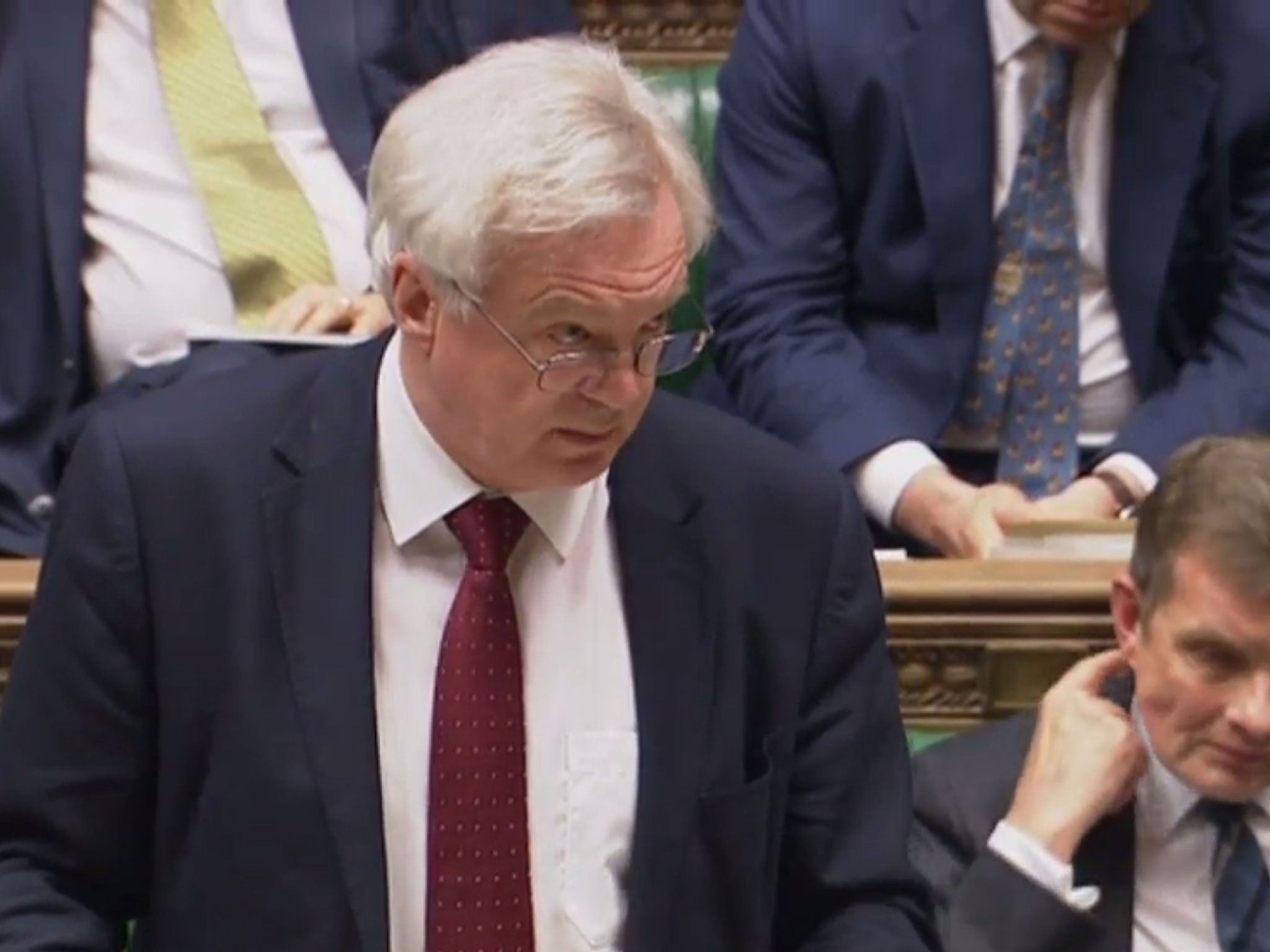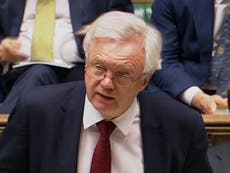What is Theresa May hiding? The Brexit White Paper tells us nothing that we don't already know
Many MPs had assumed that, although most of the White Paper would be a padded-out version of the Prime Minister’s Lancaster House speech, it would contain a rationed nugget of new policy, so that it wouldn’t just look like the speech rewritten as if by a student trying to defeat anti-plagiarism software


I deleted the email news release about the Brexit White Paper. The subject line was “A ‘new, positive and constructive’ partnership”, so I assumed at a quick glance that it was a boring corporate announcement.
Fortunately, one of the plusses (or occasionally minuses) of modern computing is that deleted doesn’t really mean deleted. Once I had recovered the email and read the White Paper, however, my first instinct was confirmed. This must be one of the thinnest statements of Government policy ever produced, and it sheds no new light at all on Theresa May’s negotiating objectives.
So when Sir Keir Starmer, the shadow Brexit Secretary, complained in the House of Commons this afternoon that David Davis’s department had delivered his copy late, he was attacking the Government’s incompetence rather than complaining about the lack of time to prepare to question the Secretary of State properly.
Many MPs had assumed that, although most of the White Paper would be a padded-out version of the Prime Minister’s Lancaster House speech, it would contain a rationed nugget of new policy, so that it wouldn’t just look like the speech rewritten as if by a student trying to defeat anti-plagiarism software.
A bit of new policy would have confirmed that preparations for the Article 50 talks were well advanced, and would have been a chance to send signals to the EU negotiators. But no. There was nothing here at all.
The 12 points of May’s Brexit plan were repeated word-for-word from the Prime Minister’s speech on 17 January. Most of what was added was waffle. On the rights of EU citizens in the UK, the White Paper blames unnamed EU states for refusing to guarantee the rights of UK citizens in the rest of the EU in return – just as May did in her speech. The White Paper adds that the Government has “engaged a range of stakeholders” about it.
I’m sure that will reassure all those MPs, Labour and Conservative, agitating for an amendment to the Brexit bill next week to guarantee the rights of EU citizens even if other countries won’t guarantee our citizens’ rights.
Indeed, “stakeholders” is one of the main new features of the White Paper. The word didn’t appear at all in the Prime Minister’s speech, but is used seven times in today’s document, including this: “The Government has established a High Level Stakeholder Working Group on EU Exit, Universities, Research and Innovation.”
The White Paper also has some charts, tables and graphs, although there is a rather dramatic error in a bar chart comparing holiday and maternity entitlement in the UK and the rest of the EU, which seems to have been copied from a Liberal Democrat by-election leaflet.
In desperation, journalists have even read the annexes to the White Paper. One is about how trade disputes between the EU and the UK might be resolved once we have taken ourselves out of the jurisdiction of the Court of Justice of the EU.
But this turns out to be a list of possible models: Canada, Switzerland, Nafta (the North American Free Trade Agreement that President Donald Trump wants to renegotiate), Mercosur (the South American trade deal), the New Zealand-Korea Free Trade Agreement and the World Trade Organisation. These have all been endlessly discussed in Brexit commentary: what we need to know is which one the Government wants to copy. The White Paper does not even mention Efta, the European Free Trade Association, which has its own court and which might be the closest comparator.
This is an important question, because any trade agreement needs an enforcement mechanism. But we are no wiser about the Government’s thinking.
Then there is the annex on UK/Ireland relations, another difficult problem, from which we learn: “More than 10,000 live pigs are exported from Ireland to Northern Ireland every week”. I admit that I did not know that before I deleted and undeleted the email.
But we learn nothing about the Government’s plans for the border between Northern Ireland and the Republic except that its aim is to make it not only “frictionless” but also “seamless”.
The emptiness of this document will do nothing to reassure those who worry that the Government’s bargaining position is weak, and that Britain is heading for the hardest of hard Brexits.


Join our commenting forum
Join thought-provoking conversations, follow other Independent readers and see their replies